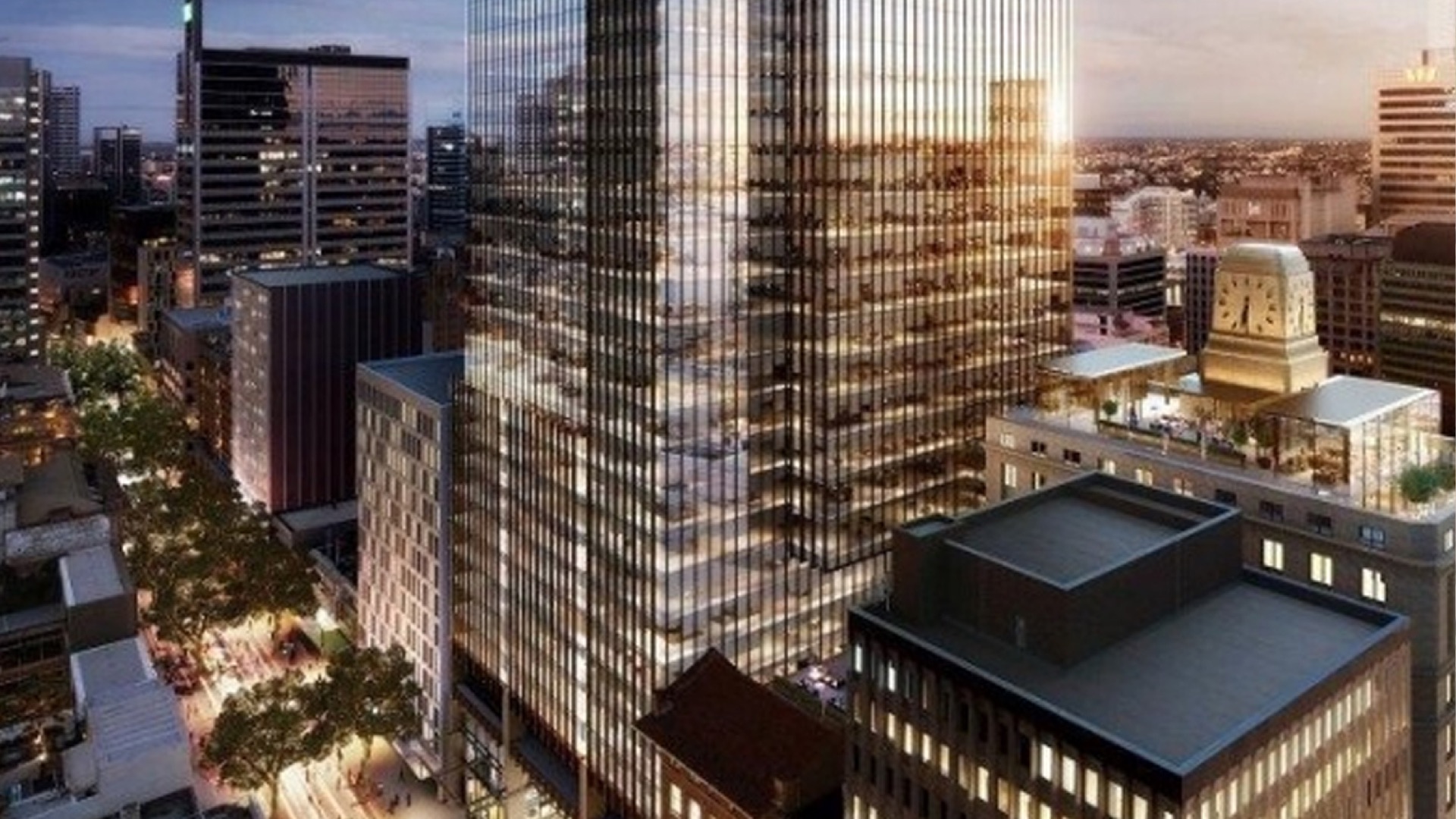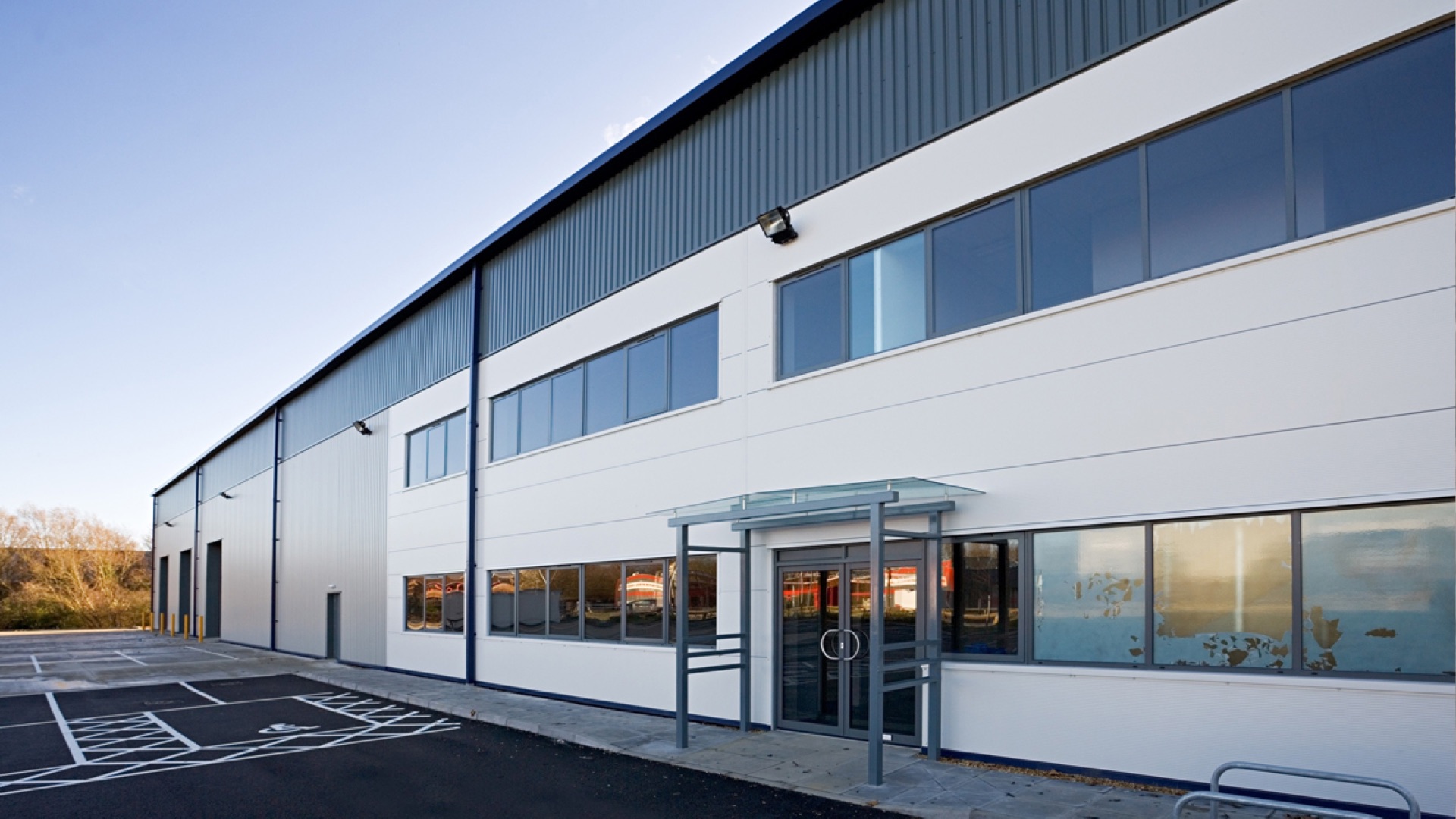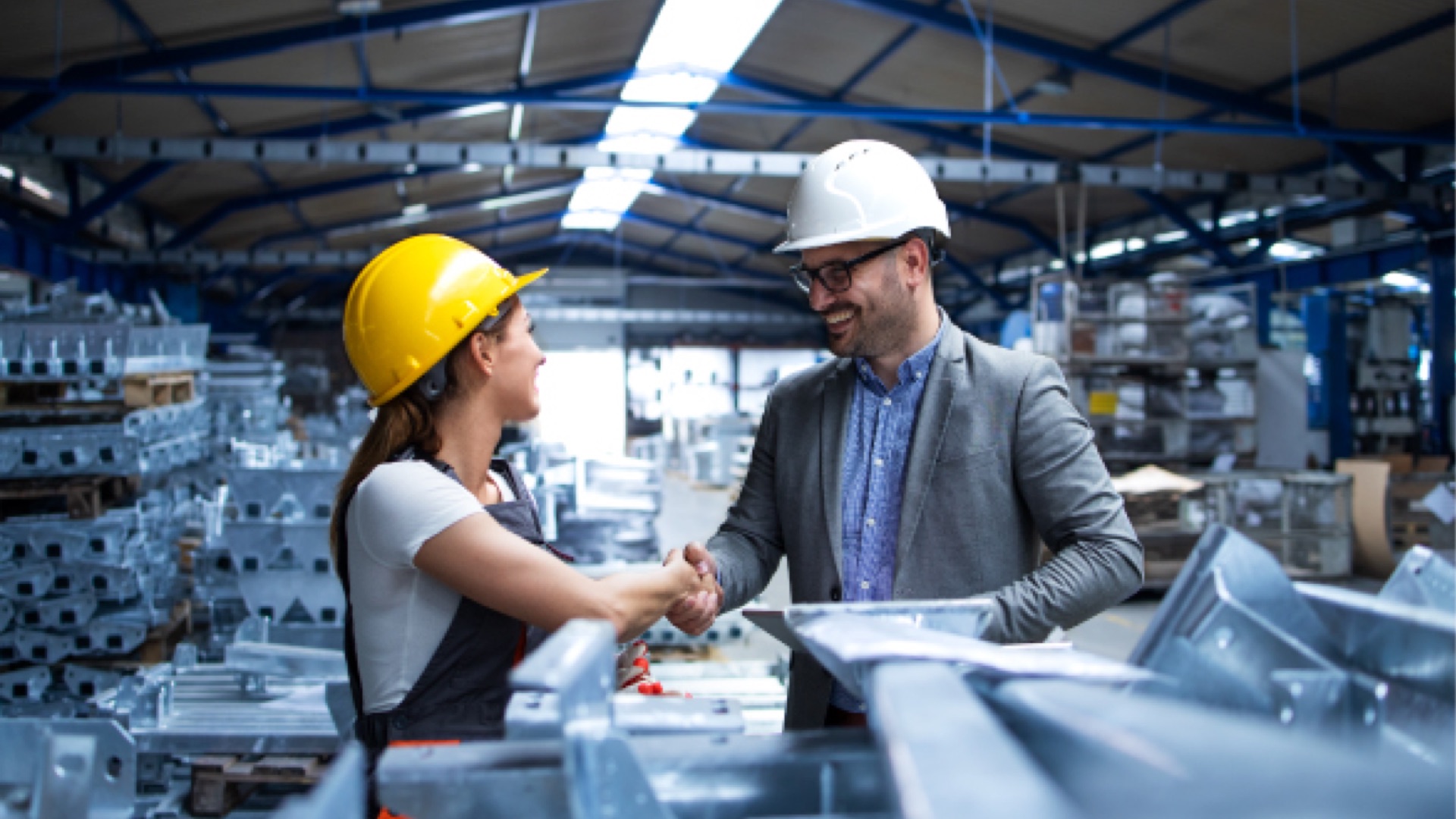
Digitalisation in real estate: Buildings of the future
The digitalisation era has come and transformed most aspects of human lives and make it easier to do anything with the assistance of technology. We have now been familiar with the term ‘smart home’. Moving further, the real estate industry has seen drastic changes in the improvement and management of buildings. So, what is a smart building? And how would the buildings of the future look like?
What is a smart building?
As the name tells itself, a smart building should have smart features where integrated processes are in place to minimise the time and effort. In other words, buildings of the future will put humans at heart. However, this does not simply mean technology integration but also centralises around the experience of people the moment they enter the building
The focus on people
The purpose of property digital transformation is to function in a way that eliminates unnecessary manual human actions. The ‘intelligent’ building must take into consideration the needs of the users. Regarding transforming a building into a smart place, questions to be asked are:
- Who are the tenants of the building?
- How would they – as the occupiers, will feel while in the building?
- What makes them comfortable?
- How would the design of the building address the changing needs of the tenant efficiently?
The flexibility to adapt
Growth starts from disruption and we are living in the era of disruption. Technology advances have allowed for fast-changing upgrades in virtually anything. Thus, buildings should not be fixed rigid structures that can serve a single purpose. It should be multi-functional and able to fit the market needs. Smart buildings also imply the smart design and architect that can minimise the cost of modification.
The invisible integration
Smart as buildings might be, people dread the prospect of being obviously surrounded by robotic chips. They expect the intelligence to be available seamlessly, without the need to be activated or interfered with. As a matter of fact, automation is the key to smart buildings where people are easily recognised and assisted once they step into the building.
The sustainability
The values of being smart and advanced also lie in the reduced footprint left via essential engineering activities only. We can easily make amends to buildings now without demolishment to walls and building structures.
Why smart building?
Investing in property digital transformation can be costly, but it is worth spending if you look further into how this can benefit socially and financially. Buildings of the future will be assembled and modified easily instead of structured, which reflects the flexibility and room for accommodate increasing market demand.
As a space invader and invigorator, Aon Ari takes pride in our optimisation to offer the best user experience to our tenants.







